Tonight we welcomed award-winning garden photographer Dave Jordan FRPS. As well as keeping his own photography running, Dave is an assessor on the RPS Distinctions panel and involved in the Norwich & District Photographic Society.
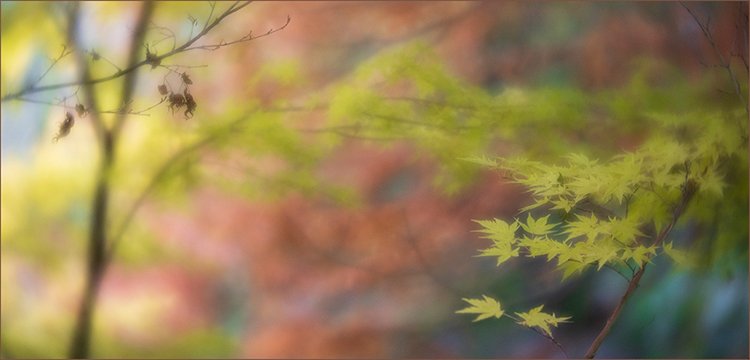
Our talk this evening centered on the many “non-standard” lenses that are available as well as looking at the multitude of adapters available that allow one to use a variety of lenses across a variety of cameras.

Dave has a long background in using many lenses to create what he calls “mood and atmosphere”, making photographs that might not otherwise be thought of. Back in the mists of time, he produced an article for the RPS whereby he offered his thoughts on using “unusual“ lenses. To his frustration, the RPS chose to give this the rather bland title of “Non-Standard Lenses with a DSLR”.
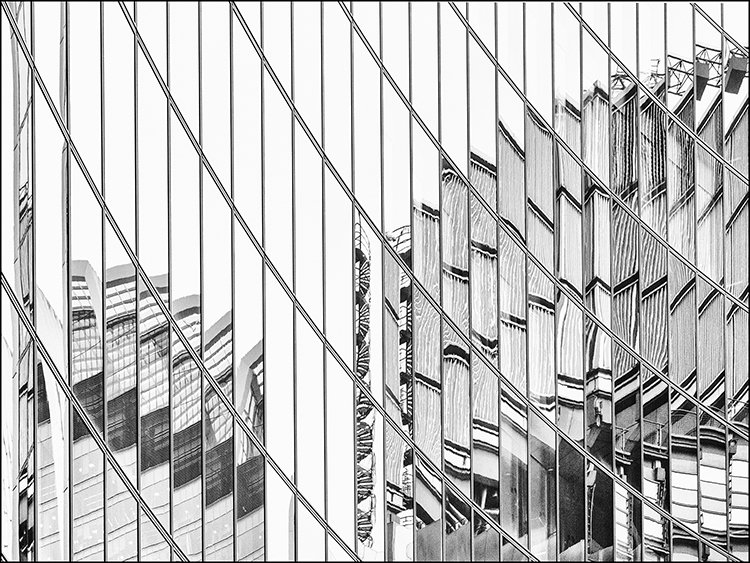
No matter, Dave has pushed on with his stated aim “to make the viewer reflective of a good or bad feeling” with how he creates his work. This also means that it is the photographer who has the biggest input to the finished work as they have had to decide where to focus etc. This is more important when working with many of the lenses Dave featured.
I will not attempt to go into the long list of what we saw. Suffice it to say, Dave counts his number of lenses as “adequate” – you can try to guess how many that means!
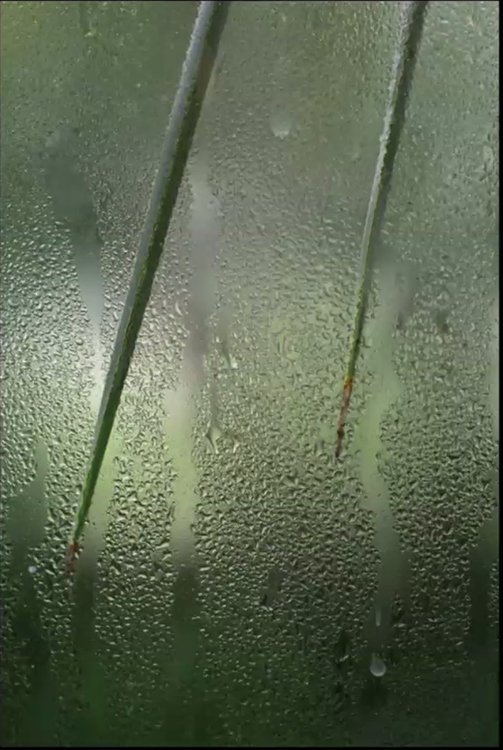
Viewer reaction plays a big part for Dave. His mantra has become “Forget the technical side, an image should be more than “perfection””. Much of what the lenses used do is beyond the editing software we use. That offers more opportunities to experiment with making the look more atmospheric and/or emotional, making the viewer think and feel more. Dave named Gered Mankowitz whose work in the 60’s embraced the growing music scene. The grittiness and feel seen in his work caught Dave’s attention and he has taken that point to grow from, looking at the relationship between the elements in the image. That can be controlled by point of focus and depth of field, with some lenses adding their own “feel” to the outcome.
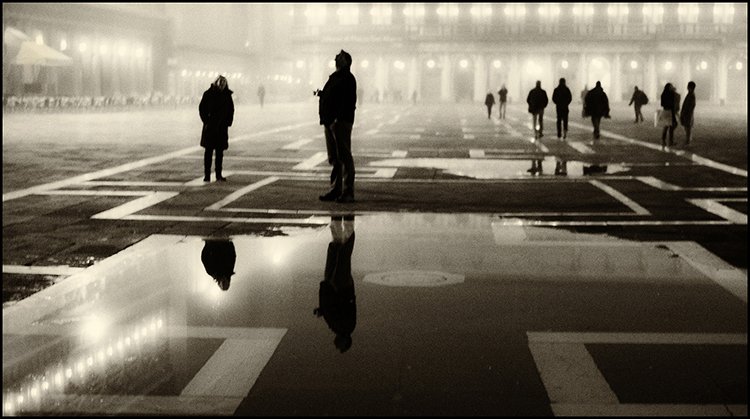
Bokeh can play a big part when using the shallower depth of field apertures with the number of blades in the lens affecting that look. Varying degrees of soft and hard edges can be created with different lenses with the “fast glass” being best – lenses that open up as wide as f1 or even lower!
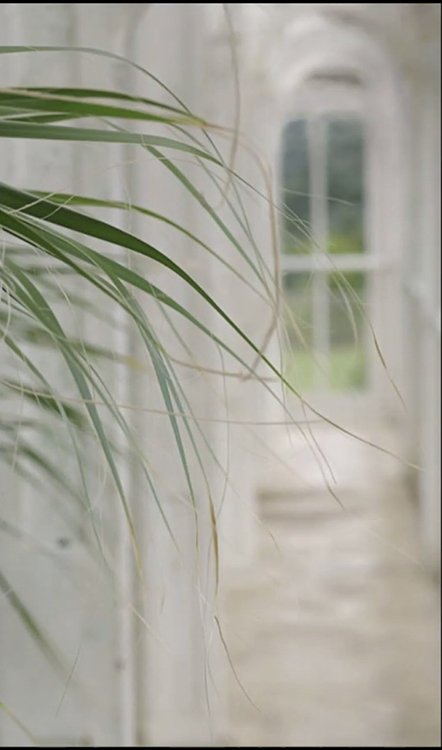
One tip from Dave was that many “fast” lenses are super sharp when set to around f4/f5.6 as well. So do not be afraid to do that.
The usual set of “prime” lenses are seen at 35mm, 50mm and 85mm. Of course, the more they open, the more expensive they are but a scour of second-hand sites or eBay can show you a wide variety of really good lenses that just need a suitable adapter.
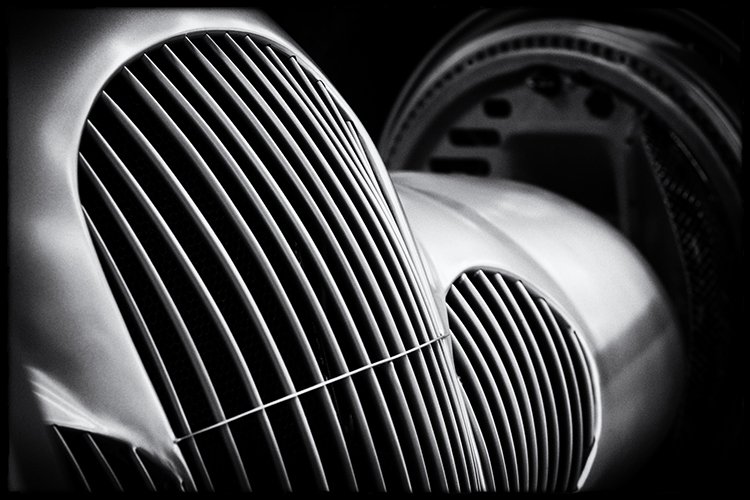
Once you are at less than f1.4, prices will go up…and up. Also, the lens itself grows to cope with the number of elements needed to get to f1 or thereabouts.
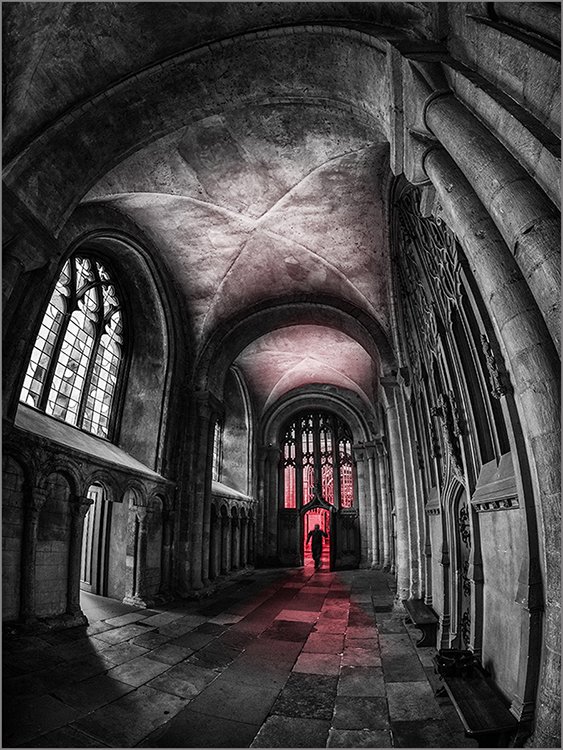
Dave ran through many setups. With older Canon bodies (M5/M6), Ricoh, Leica, Nikon, Pentax and Fuji all being shown. Lenses too from not only those just named but also Sigma and Zeiss. Many of these will cost a pretty penny but the quality is still so good, even in the older models.
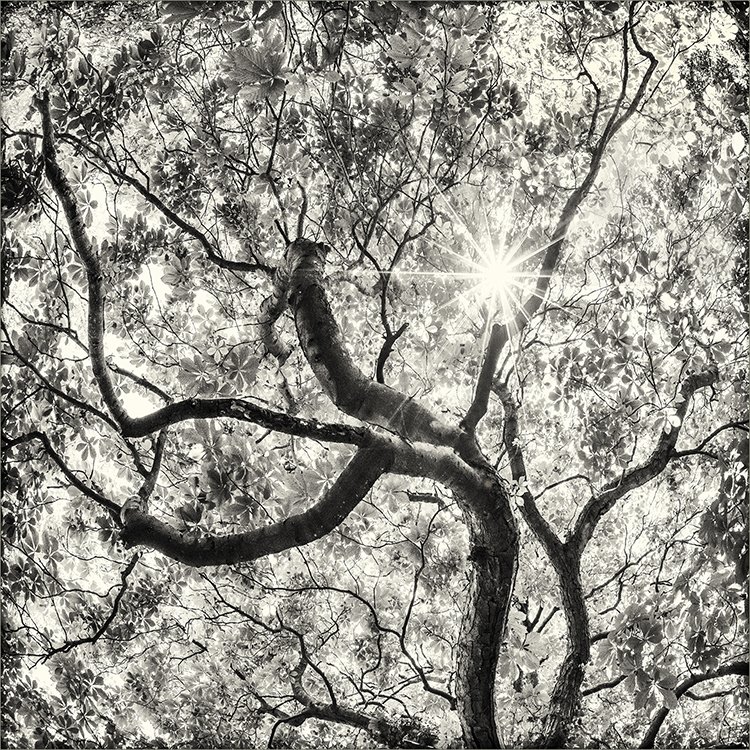
Moving into a more “distorted” world, Dave discussed the fisheye lenses that are available. Some take the fields of view way over the human eye! The Samyang 8mm f2.8 was seen as being rather good in both price and output.
A key issue with the fisheye is the horizon. Dave explained that it is possible, with care, to keep that level. He himself often looks for asymmetric lines to use with the fisheye. Also, cropping to a letterbox can work well if the subject allows.
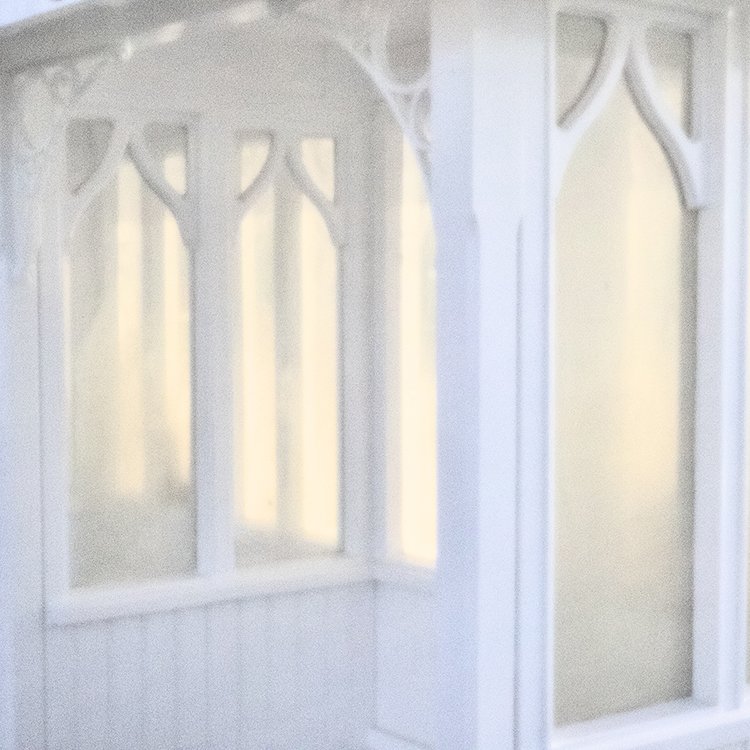
We also looked at pinhole lenses. These can be very simply made by putting a hole through a lens cap. Dave mentioned www.pinholesolutions.com as a good place to start. It can be a cheap and easy way to get more creative with your work. One quote Dave recalls from his past is when a pinhole photograph was described as having “A pleasing lack of definition”. This is his preference over what he feels are images that are too often “over-processed or over-sharpened”. They look unnatural and do not create any connection with the viewer.
Also touched on was infrared and as we know, there are specialist companies that can convert camera sensors for use exclusively with infrared light.
Dave has provided a quite wonderful insight into his talk, going way deeper than my blog and full of useful information. This will be sent to everyone with the next newsletter or otherwise, my blog will be rather longer than usual and way longer than this.
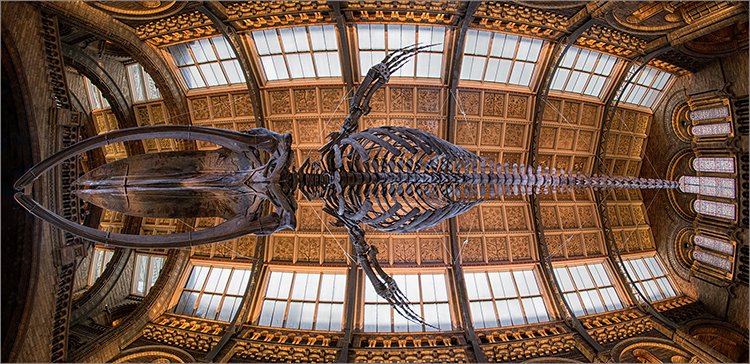
Dave is very passionate about his photography and how he can create so many creative looks. We very much enjoyed the variety and insights so thank you very much Dave for a fact-filled look at lenses and all that can be done with them.
All images above copyright Dave Jordan FRPS. Used with kind permission. Thank you Dave.

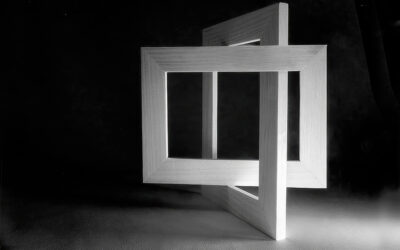

0 Comments